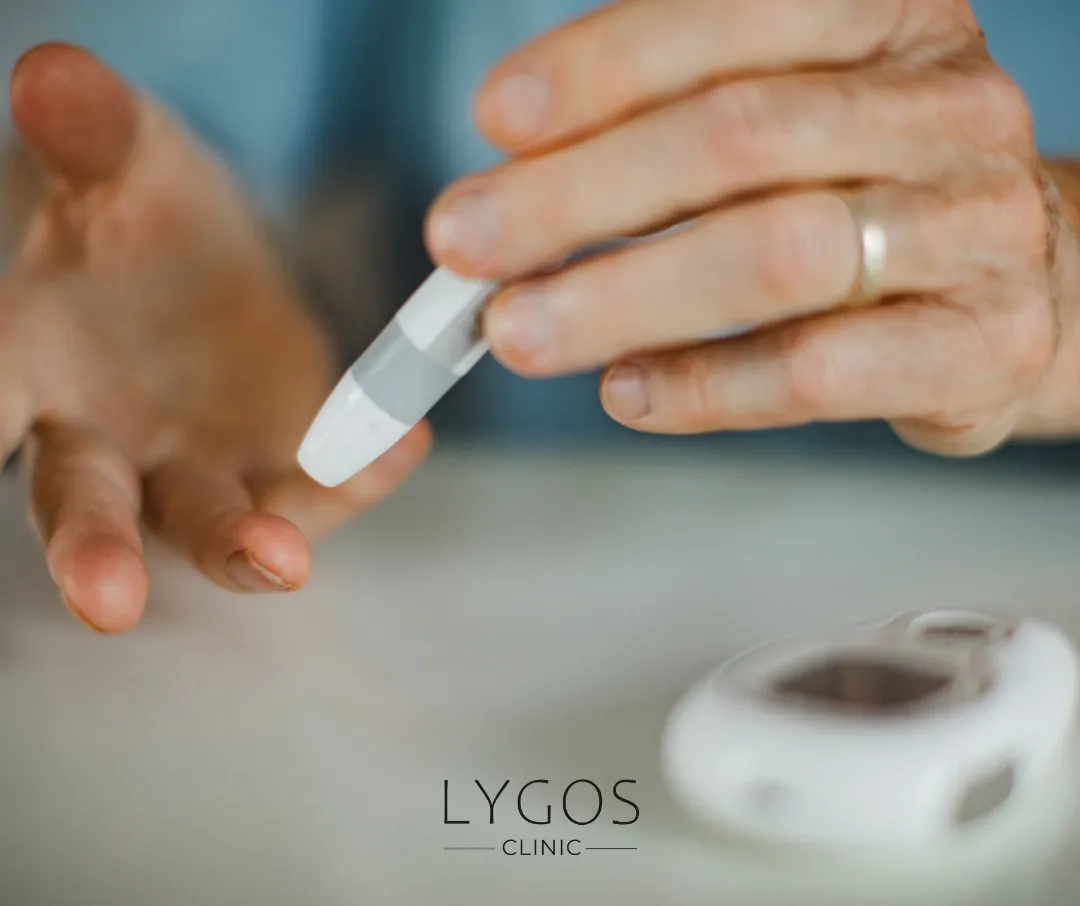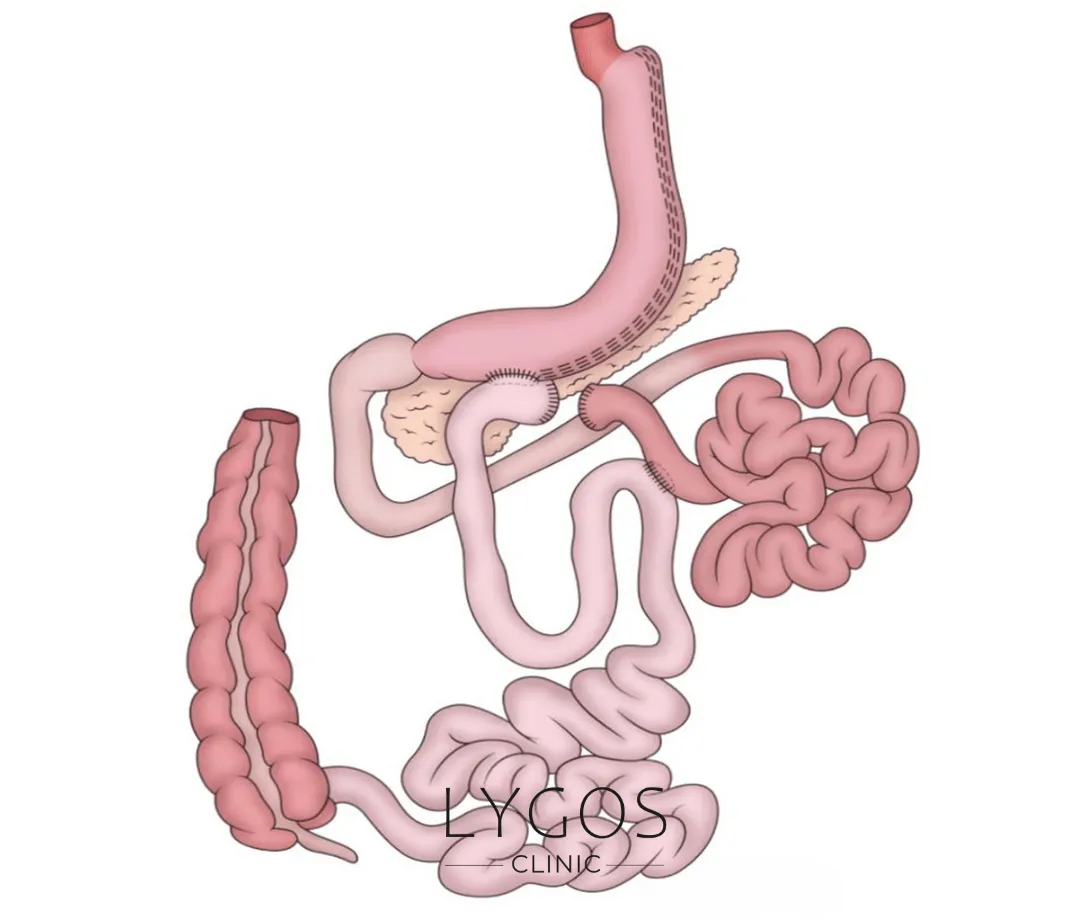Duodenal Switch Surgery
Two different forms of duodenal switch are currently practiced. The original method, duodenal switch with biliopancreatic diversion or gastric reduction duodenal switch. This method is based on a long history and a lot of research. The newer version, the loop duodenal switch, was developed to simplify the procedure and reduce the risk of complications.
Get Free Consultation
Chose Your Topic
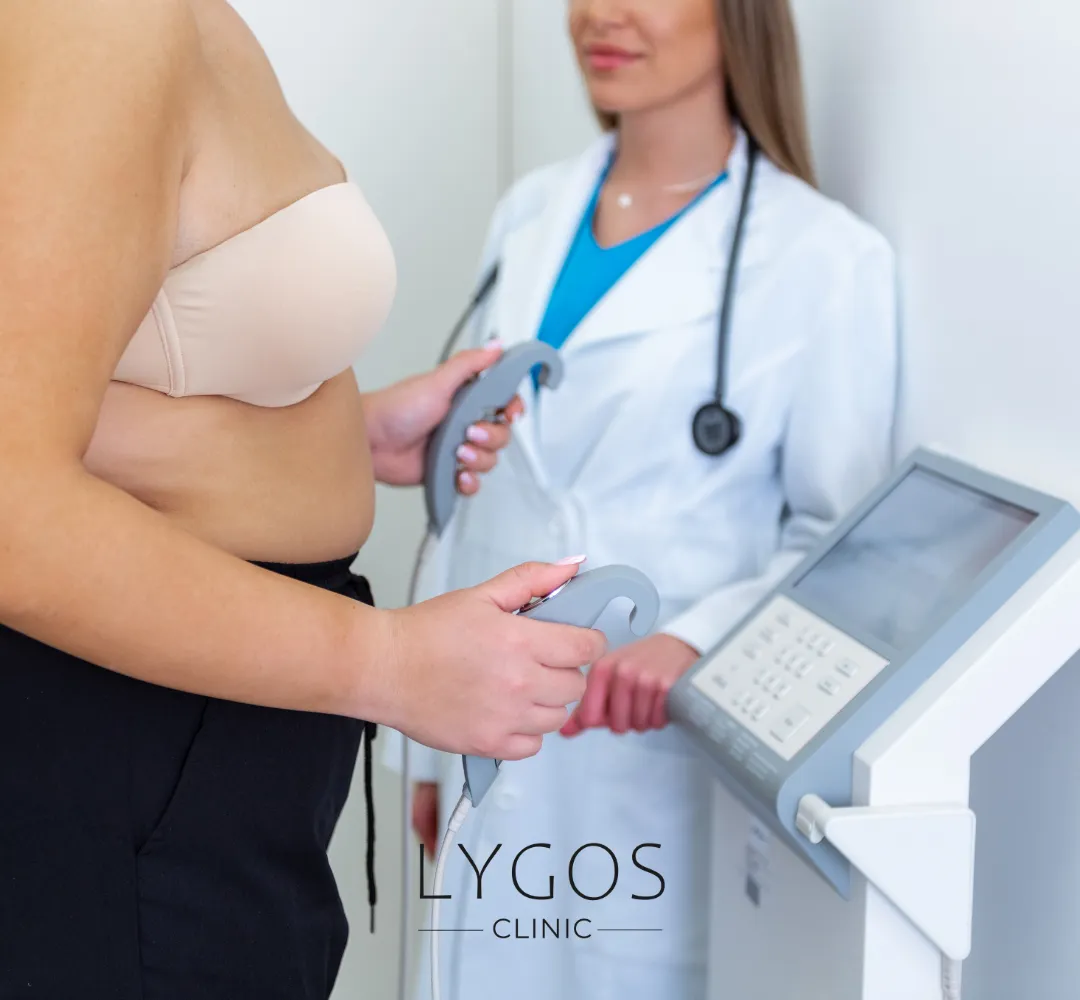
Who is Suitable for Duodenal Switch Surgery?
If a person has severe obesity (Class III obesity), this indicates that he or she is suitable for duodenal switch surgery. It also indicates that he or she is at high risk for serious obesity-related diseases or is already suffering from these diseases. These include heart disease, kidney disease and metabolic syndromes such as diabetes.
People with a body mass index (BMI) of 40 or higher, or a BMI of 35 and one of these diseases, may be diagnosed with class III obesity. In this case, the doctor may give approval for duodenal switch surgery. In cases where obesity and associated conditions are even more severe, the doctor may have to perform duodenal switch surgery. This applies to people with a BMI of 50 or higher.
A duodenal switch is also suitable for patients with a serious obesity-related illness. The duodenal switch is the procedure that provides the highest weight loss among bariatric surgeries. It significantly improves metabolic syndromes such as type 2 diabetes. Although this surgery has a higher complication rate, the benefits outweigh the potential risks for people with severe conditions.
How is Duodenal Switch Surgery Done?
Duodenal switch surgery can be done as traditional open surgery or laparoscopic surgery. The laparoscopic method is done using narrow instruments through small “keyhole” incisions instead of opening the abdominal cavity completely. Surgeons and patients generally prefer minimally invasive surgical techniques.
However, open surgery may be necessary in some cases. Also, a surgery that started laparoscopically may need to be converted to open surgery due to complications. Duodenal switch surgery is a two-stage procedure and usually starts with sleeve gastrectomy. Gastric sleeve can be performed as an independent surgery or as part of the duodenal switch.
In this case, the surgeon removes slightly less of the stomach, about 65%. The second stage, intestinal bypass, can be performed in the same operation or sometimes as a second operation. Depending on the patient's condition, the surgeon may decide that two separate operations may be safer.
There are two methods of duodenal switch surgery: original (biliopancreatic diversion) and modified duodenal switch. In both methods, the intestinal bypass starts by dividing the upper part of the small intestine, called the duodenum. A lower part of the small intestine is then brought up and connected to replace the bypassed part.
The original duodenal switch bypasses most of the small intestine, about 80-90%. This greatly reduces nutrient absorption from food and results in significant weight loss. However, this carries a risk of malnutrition. The modified duodenal switch bypasses only 50-60% of the small intestine to reduce this risk. In addition, while the original method divides the small intestine in two different places, the modified method only makes one division and reconnection. This makes the surgery simpler.
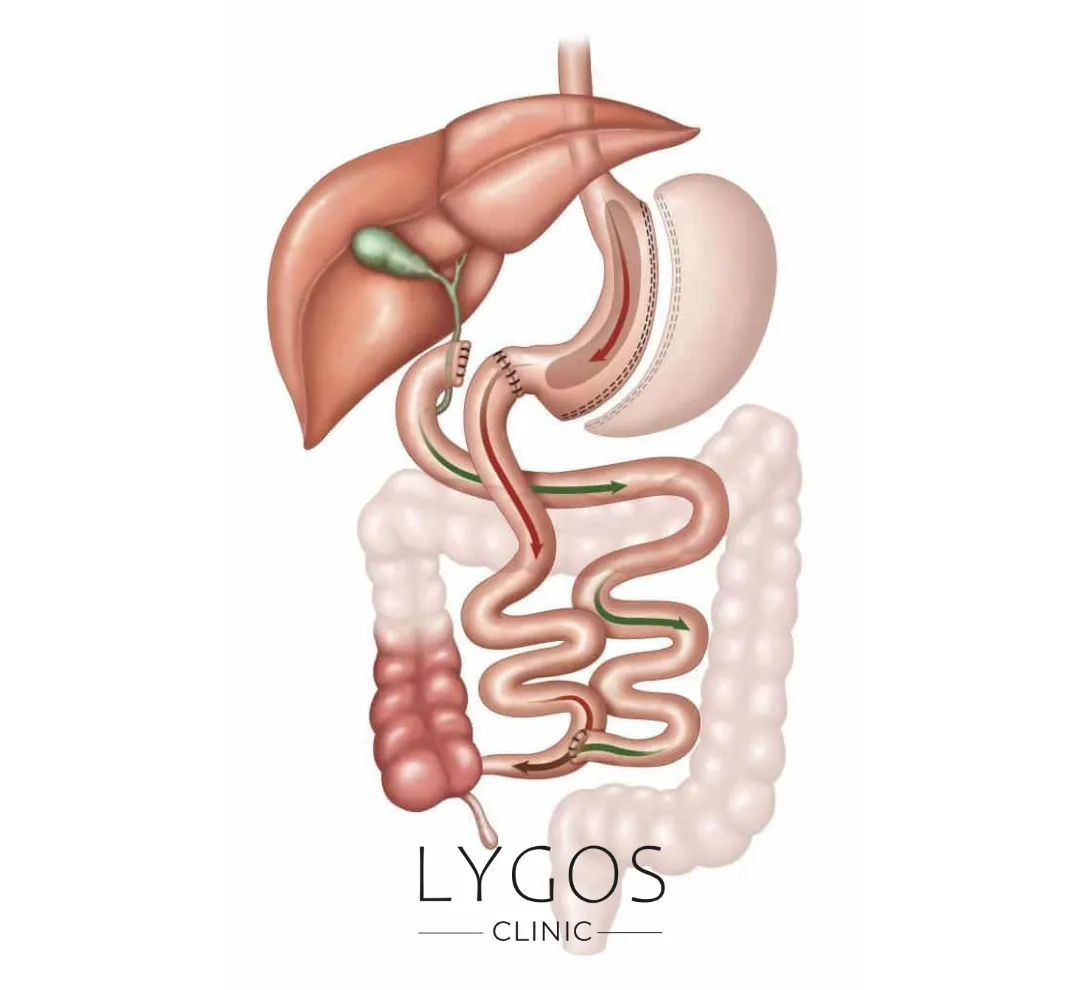

First Step
YThe first step is a detailed consultation between the patient and the doctor.

Second Step
Diet and lifestyle changes are recommended; preoperative preparation is done.

Step Three
Part of the small intestine is bypassed and food and bile are combined.

What are the Side Effects of Duodenal Switch Surgery?
- Temporary kidney problems
- Diarrhea
- Intestinal obstructions
- Enjection of foul-smelling gas
- The need to use vitamin and mineral supplements for life
- Abscess formation in the abdomen
- Gallbladder stones
- Protein deficiencies
Duodenal Switch Surgery
Those who have duodenal switch surgery live a healthier life. Preserving the natural structure of the digestive system also prevents possible problems. At the same time, patients who can perform basic functions comfortably start to live a healthy life. People who get rid of situations that put their health at risk, such as joint pain and difficulty breathing, realize that a different life awaits them.
Apart from the details above, the change experienced after surgery also affects those who undergo duodenal switch surgery psychologically. Patients who have a fit appearance play a more active role in their social lives as they improve both health and aesthetics.

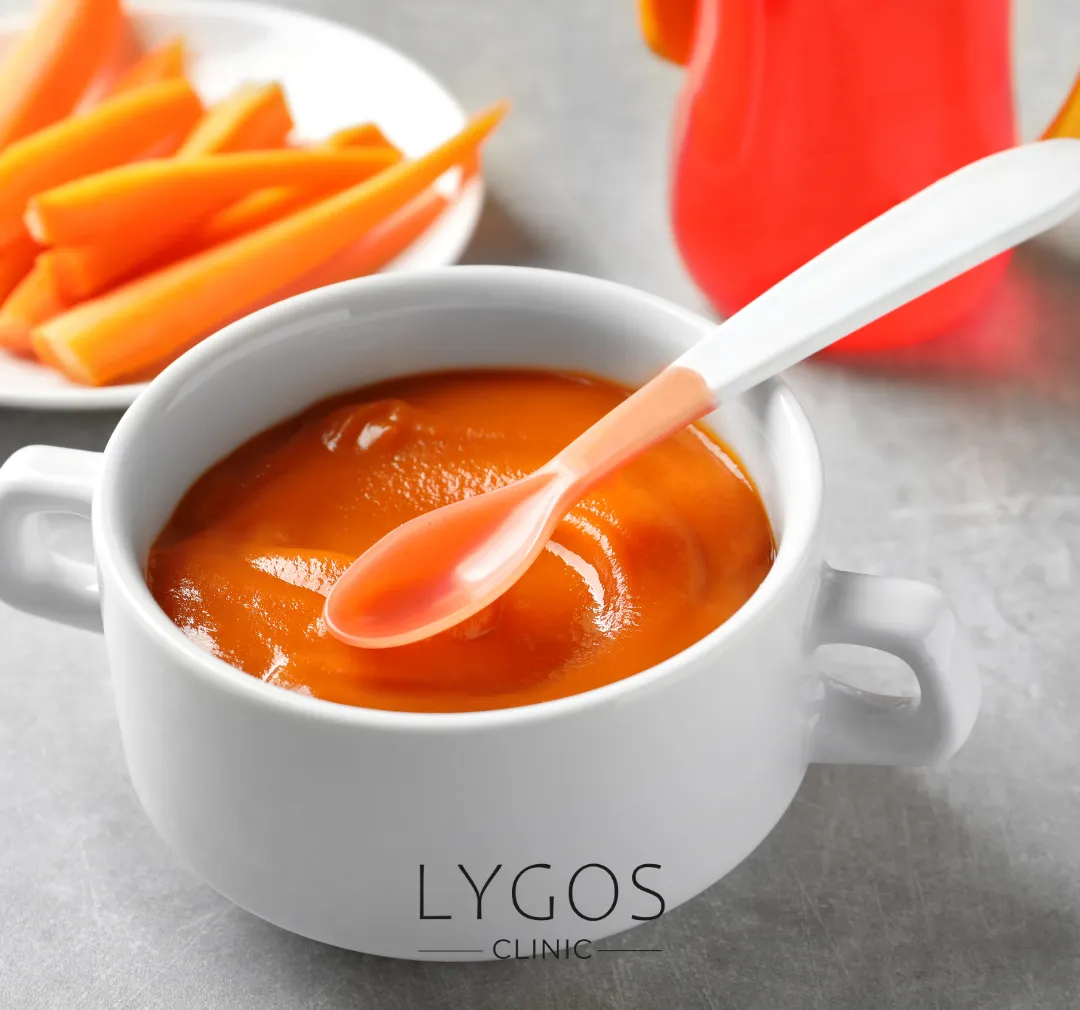
Nutrition After Duodenal Switch Surgery
Duodenal switch surgery has an advantage over biliopancreatic diversion in terms of vitamin and mineral absorption. This means that patients need fewer vitamin and mineral supplements. After surgery, patients usually stay in hospital for 4 to 5 days. In nutrition after duodenal switch surgery, liquid foods are started at first.
Then gradually switch to pureed foods and finally to solid foods. Since the stomach is largely preserved in duodenal switch surgery, nutrition is more comfortable. This surgery, which is generally applied to patients with a body mass index (BMI) over 40, also gives positive results in the blood sugar control of diabetic patients. This means that it can prevent the formation of diseases such as type 2 diabetes.
Otherwise, excess weight can trigger many different diseases. In such cases, obesity surgery should be considered and surgery should be performed safely. After duodenal switch surgery, patients need lifelong vitamin and mineral supplementation. Especially B12, iron and calcium levels should be monitored continuously. It is important to follow up patients intensively after this surgery.
Otherwise, nutritional problems may arise. Side effects may include diarrhea, foul-smelling flatulence, gallstones and protein deficiency. Success is ensured by appropriate eating habits after duodenal switch surgery. The doctor's supervision and the guidance of the healthcare team are vital in this process. In this way, it is possible to fully benefit from the advantages of duodenal switch surgery.
Before and After Duodenal Switch Surgery
The change that occurs before and after duodenal switch surgery manifests itself in many ways. This procedure, which is one of the most ideal methods for the patient, generally does not cause health problems thanks to minimizing the loss of vitamins and minerals. It also preserves the basic functions of the body. This allows the patient to continue his/her life smoothly before and after the duodenal switch surgery. People who have difficulty breathing and have a hard time with joint pain can get rid of their problems thanks to this method. The patient, who turns into a different person before and after duodenal switch surgery, gains a fitter and healthier structure. In this way, it also improves psychologically.

Duodenal Switch Surgery Costs
Duodenal switch surgery costs vary according to the needs of the patient. If the patient’s problem is treated without surgery, the costs are determined accordingly. At the same time, the health problems the person is experiencing can also affect the costs. Duodenal switch surgery costs may increase if the patient undergoes surgery.
The cost of surgery performed by a specialist is higher. Therefore, it should be carefully decided which doctor will perform the procedure. Duodenal switch surgery costs also vary depending on the quality of the hospital. Costs are usually higher in a hospital with high quality and state-of-the-art equipment. However, it should not be forgotten that the success rate will also be reflected in the costs.
Therefore, Duodenal switch surgery costs can increase with the right choice of hospital and doctor. If you want to get more detailed information on the subject, you can contact Lygos Clinic's expert team.
Get a quote for duodenal switch surgery
Frequently Asked Questions About Duodenal Switch Surgery
BLOG

Is Breathing Through the Mouth Harmful?
Chose Your Topic Is Breathing Through the Mouth Harmful? Breathing is one of the most fundamental needs of life. However,

Does Rice Water Make Hair Grow? | Benefits of Rice Water
Chose Your Topic Does Rice Water Make Hair Grow? Natural methods in hair care have become quite popular in recent

Breast Lump | Types: Benign, Malign and Causes | LYGOS 2025
Breast Lump While cancer stands out as one of the most common health problems today, early diagnosis rates are also

